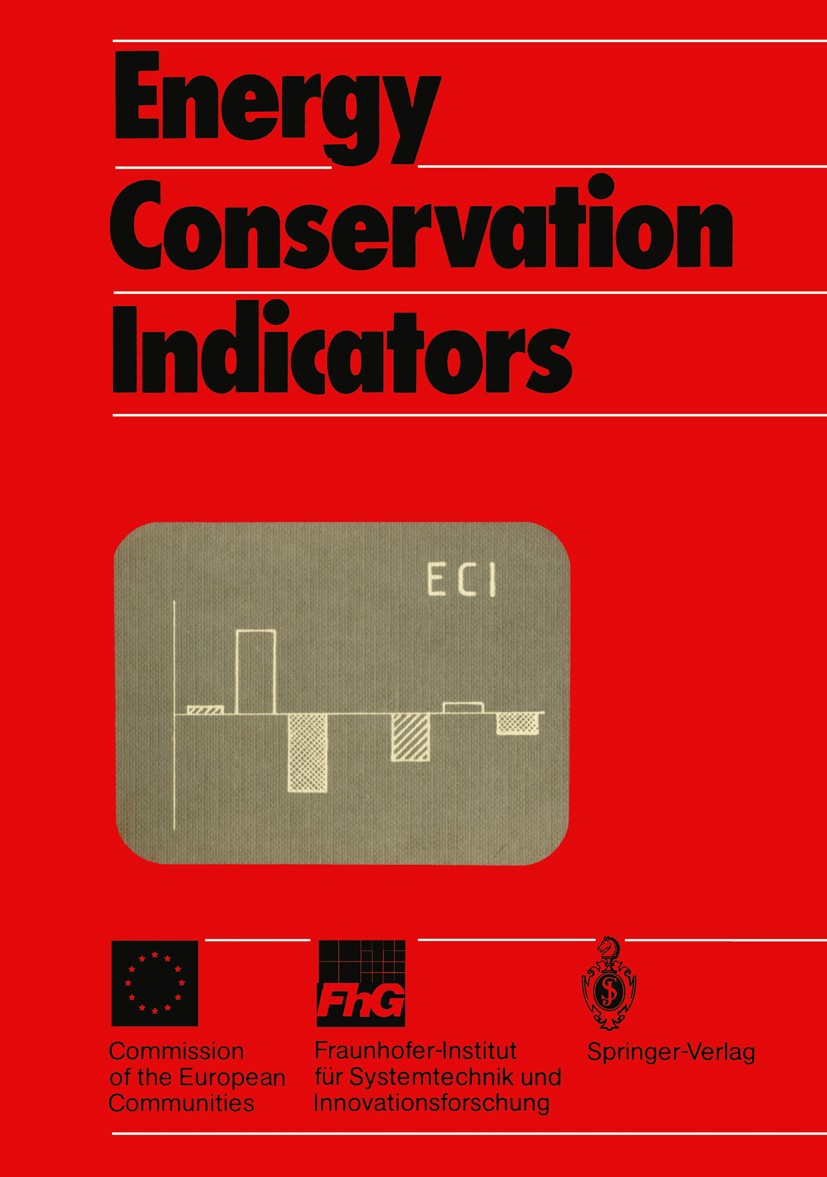| 書目名稱 | Energy Conservation Indicators | | 副標(biāo)題 | A Report | | 編輯 | Tihomir Morovi?,Franz-Josef Gründing,Inge T?tsch | | 視頻video | http://file.papertrans.cn/311/310203/310203.mp4 | | 圖書封面 |  | | 描述 | Improved energy efficiency has been a central objective in energy strategy for the European Community since the first oil crisis. And in 1986 the Coun- cil of Ministers went even further than before in setting the ambitious target of improving, by 1995, energy efficiency in the Community by 20 %. But how should progress along this road be measured? What kind of yardstick should be used to assess the success of programmes for improving energy effi- ciency? Does a drop in energy demand or in the amount of energy apparently required to produce one unit of GOP necessarily mean that energy efficiency is improving? Conversely, does a rise in energy demand really mean the opposite? Or can it be explained by factors such as climate, the business cycle, longer-term structural changes in the economy, or shifts between energy sources? The development of the Energy Conservation Indicators - a methodology that breaks down energy consumption data into their component parts - represents the first product of the efforts by the Commission of the European Communi- ties within the framework of the cooperation between the Directorate General for Science, Research and Development and the Directorate Ge | | 出版日期 | Book 1987Latest edition | | 關(guān)鍵詞 | European Community; business cycle; cooperation; development; distribution; economy; energy; energy consump | | 版次 | 1 | | doi | https://doi.org/10.1007/978-3-642-73131-0 | | isbn_softcover | 978-3-540-18536-9 | | isbn_ebook | 978-3-642-73131-0 | | copyright | ECSC-EEC-EAEC, Brussels and Luxembourg 1987 |
The information of publication is updating

|
|
 |Archiver|手機(jī)版|小黑屋|
派博傳思國際
( 京公網(wǎng)安備110108008328)
GMT+8, 2025-10-9 22:30
|Archiver|手機(jī)版|小黑屋|
派博傳思國際
( 京公網(wǎng)安備110108008328)
GMT+8, 2025-10-9 22:30


